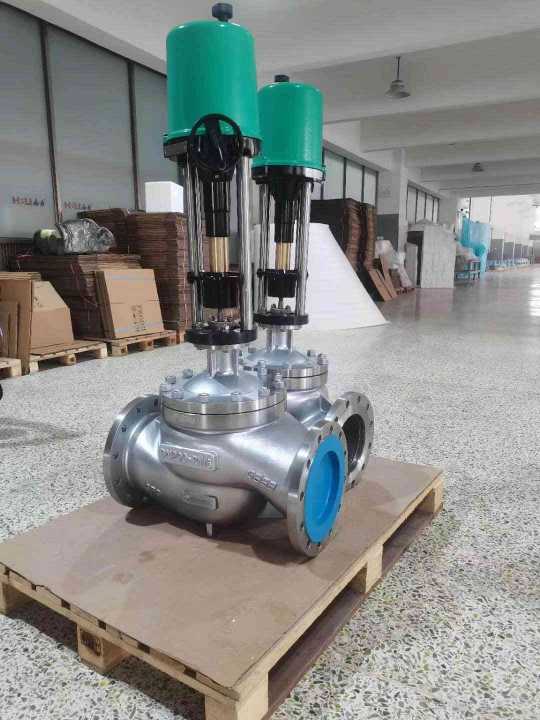The electric single seat regulating valve is a crucial device widely used in industrial control systems to regulate the flow of liquids, gases, and other process fluids. This type of valve is highly valued for its precision, reliability, and ease of automation. Its function is central to maintaining the desired process conditions, ensuring safety, and improving efficiency in various sectors, including water treatment, chemical processing, HVAC, food and beverage, and more. In this article, we will explore the working principles, applications, benefits, and key features of electric single seat regulating valves.

What is an Electric Single Seat Regulating Valve? An electric single seat regulating valve is a type of control valve that is designed to modulate the flow of fluids in a pipeline system. It features a single-seat mechanism, which consists of a valve body, a plug, and a seat. When the valve is actuated, the plug moves within the valve body, controlling the amount of fluid that passes through the valve. The valve is powered by an electric actuator, which is connected to a control system that monitors and adjusts the valve’s position to maintain precise control over the fluid flow. The key characteristic of a single-seat valve is that it has only one sealing surface, which makes it compact, simple, and easy to maintain. It is an ideal solution for applications where tight shut-off and precise flow control are required. The electric actuator adds an extra level of automation, enabling remote operation and integration with sophisticated control systems, such as SCADA (Supervisory Control and Data Acquisition) or PLC (Programmable Logic Controller).
Leave a Reply
You must be logged in to post a comment.